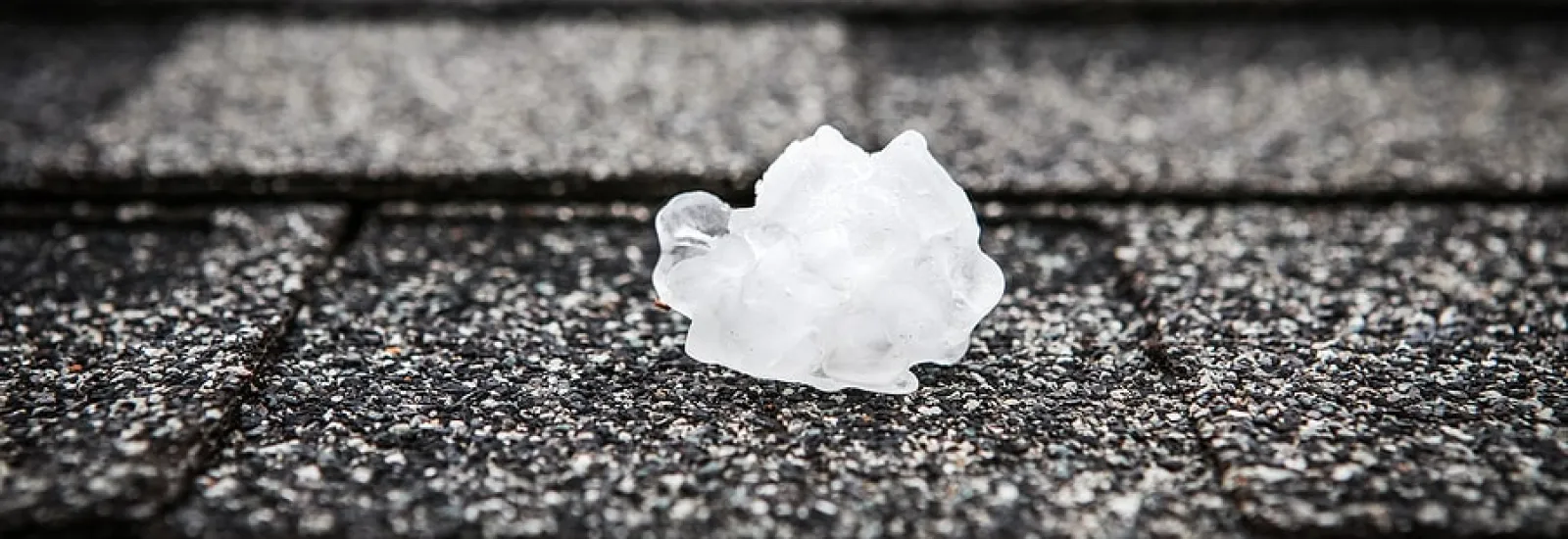While roofs are built to withstand the things nature throws at them, heavy storms and hurricanes can cause significant damage. Even the strongest roofs will weaken over time and inevitably require storm damage repair as they continuously face sharp winds, blows from hail or tree limbs, and excessive rain. Here are signs the roof has been damaged by the storm as well as steps to take when that happens.
Types of Storm Damage
It's essential to know what type of damage a storm or hurricane can do and the signs of it.
What to Do After a Storm
Sometimes the damage is immediate, and you might start to experience a roof leak. If you're wondering what to do if a roof leaks during a storm, the first thing you need to do is place a bucket below the leak to prevent any damage to the flooring. Attempt to find the source of the leak, and if found, try to temporarily seal it up with roof tape, which can also help prevent mold buildup. Once the storm has passed, you will want a roof storm damage repair professional to fix the main cause. While it can be helpful to take these steps during the storm, it's much more important to prioritize your family's safety first. Never attempt to make a repair or step out onto your roof while the storm is happening.
1. Inspect the roof.
After you've experienced severe weather, it's important to inspect the roof and look for signs of wind, hail and rain damage. Take pictures if you're unsure of the damage. When you're talking to your insurance company or discussing with a contractor, these details will help you figure out the possible repairs it might need. If you're confident that you have roof storm damage, it's worth reaching out to a contractor beforehand so they can help you estimate the exact damage and repairs needed before you file a claim with your insurance company.
2. Call the insurance company.
Once you have a general idea of the damage your roof has taken, you should reach out to your insurance company. You should be aware of what is covered by your insurance policy and what your deductible is. Sometimes it's preferable to talk to a contractor first since they can help assess the damage correctly and even help you file a claim with your insurance company. It also might be cheaper to find a business that repairs storm-damaged roofs than to go through your insurance company if you have a high deductible and the damage isn't too significant. Your insurance will sometimes have a list of contractors they already work with. It's your choice to determine who will be the contractor to work on your home, since you might prefer to choose a contractor other than the one your insurance company suggests.
3. Hire a roofing contractor.
If you've decided to hire your own preferred contractor, you need to be careful when selecting one. You should hire professional contractors that are reputable and certified or licensed, like those at Latite Roofing. You need to be cautious about storm chasers or, as they're also known, "out-of-town contractors." After natural disasters like hurricanes or severe storms, storm chasers will flood the area offering their low-quality services to unsuspecting homeowners. Their repairs and services tend to be subpar, since they don't have to worry about their reputation in the area. By the time you realize they did things incorrectly or they cut corners, they're already out of town onto the next place. They will often offer you too-good-to-be-true deals to get you to hire them right away. In most cases, it's better to use a trusted local repair company rather than a storm chasing one offering cheap solutions. When you search online for "storm damage repair near me," ensure the contractors are local and work with local companies.
